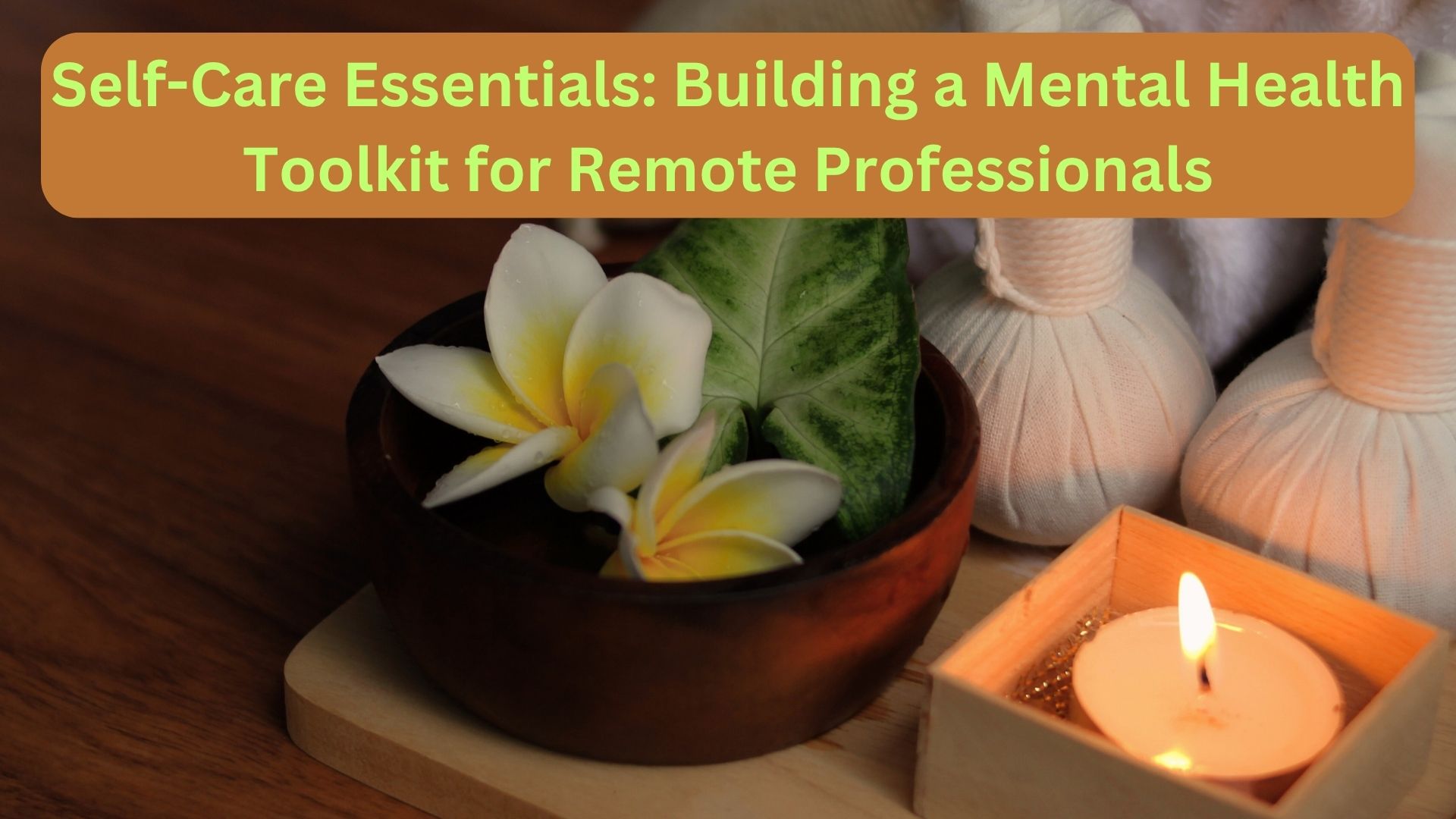The remote work revolution has opened doors to flexibility, freedom, and convenience. But behind the laptop screens, many remote professionals are quietly grappling with stress, burnout, and loneliness. The blurred lines between personal and professional life, the isolation, and the pressure to always be “on” can silently erode mental well-being.
That’s why building a mental health toolkit is no longer optional—it’s essential. In this guide, we’ll walk through how remote professionals can proactively support their mental health, improve emotional resilience, and build sustainable remote careers. Whether you’re a seasoned virtual assistant or new to the world of freelance work, this toolkit is designed to help you thrive.
Why Mental Health Matters in Remote Work
| Challenge | Mental Health Impact |
|---|---|
| Isolation | Loneliness, depression |
| Lack of boundaries | Burnout, stress |
| Digital overload | Fatigue, anxiety |
| Inconsistent schedule | Poor sleep, irritability |
Remote work has its perks, but without intentional self-care practices, those perks can quickly lead to imbalance. It’s time to treat mental health with the same priority as deadlines and deliverables.
1. Morning Routine to Anchor Your Day
Starting your day with structure provides a psychological signal that work is beginning—and creates a buffer before you jump into tasks.
Elements of a Healthy Morning Routine:
- Wake up at the same time daily
- Avoid screens for the first 30 minutes
- Move your body: stretch, walk, or do yoga
- Eat a balanced breakfast
- Set an intention or gratitude list
Example Routine:
| Time | Activity |
| 7:00 AM | Wake up and hydrate |
| 7:15 AM | Stretch or short workout |
| 7:45 AM | Breakfast |
| 8:00 AM | Mindful journaling |
| 8:15 AM | Start work |
2. Create a Mental Health First Aid Kit
Just as you’d prepare supplies for a physical emergency, having a go-to list of mental health tools can be life-changing.
Items to Include:
- A playlist of calming music
- Guided meditations (via apps like Calm or Headspace)
- Affirmation cards or quotes
- Contact list of supportive friends or therapists
- A journal
- Aromatherapy roller or calming tea
Store these in a box or digital folder labeled “Mental Health Kit” for easy access when you feel overwhelmed.
3. Use Mindfulness & Meditation
Mindfulness is the anchor in a sea of distractions. Practicing even 5–10 minutes daily can re-center your thoughts and reduce anxiety.
Easy Ways to Practice:
- Try a breathing exercise before Zoom meetings
- Do a body scan before bed
- Eat lunch mindfully (no phone or laptop)
- Pause for 1 minute every hour to check in with yourself
| Mindfulness Apps | Features |
| Insight Timer | Free guided meditations |
| Calm | Sleep stories, meditations, music |
| Headspace | Daily meditations, focus tools |
4. Design a Calm Workspace
Your environment influences your energy. A chaotic space adds to stress, while a calm corner can increase focus and peace.
Tips for a Calming Workspace:
- Declutter regularly
- Use soft lighting and add plants
- Display inspiring affirmations or photos
- Keep a cozy blanket or cushion nearby
5. Set Strong Work-Life Boundaries
Without boundaries, work seeps into personal life—and that’s a recipe for burnout.
Best Practices:
- Stick to consistent work hours
- Create a shutdown routine
- Say “no” to tasks that exceed your bandwidth
- Turn off work notifications after hours
- Don’t skip breaks or lunches
Boundary Reminder: Your time is valuable. Protect it with intention.
6. Schedule Emotional Check-Ins
Just like client check-ins, self check-ins are important too.
Ask Yourself Weekly:
- How am I feeling emotionally?
- What drained me this week?
- What energized me?
- What do I need more of?
Keep a log or talk through these with a friend, mentor, or therapist.
7. Build a Support System
Isolation is one of the top mental health challenges for remote workers. Connection is key.
Ways to Stay Connected:
- Join online communities (Facebook groups, Slack channels)
- Schedule virtual coworking sessions
- Attend webinars, networking events
- Reach out to a peer for regular check-ins
Pro Tip: Not every connection has to be about work. Find remote peers who also value humor, personal chats, or shared hobbies.
8. Move Your Body Daily
Movement isn’t just for physical health—it boosts your mood, energy, and mental clarity.
| Activity | Mental Benefit |
| Walking | Clears the mind, reduces anxiety |
| Stretching | Releases muscle tension |
| Dancing | Boosts endorphins |
| Strength training | Improves self-confidence |
You don’t need to do an intense workout—just aim for 20–30 minutes of movement daily.
9. Fuel Your Brain With Nutrition
Your brain runs on what you feed it. A diet lacking essential nutrients can affect mood and concentration.
Brain-Friendly Foods:
- Leafy greens (spinach, kale)
- Omega-3s (salmon, chia seeds, walnuts)
- Berries
- Green tea
- Whole grains
Stay hydrated too. Dehydration can cause headaches, fatigue, and brain fog.
10. Sleep Like It’s Your Job
Sleep is the foundation of all mental and physical health.
Tips for Quality Sleep:
- Stick to the same bedtime and wake time
- Avoid screens 1 hour before bed
- Create a calming wind-down routine
- Keep your room cool, dark, and quiet
- Try sleep meditations or white noise
Sleep Goal: Aim for 7–9 hours a night.
Sample Weekly Self-Care Schedule
| Day | Self-Care Activity |
| Monday | 5-minute breathing before work |
| Tuesday | 20-minute yoga break |
| Wednesday | Connect with a peer for coffee chat |
| Thursday | Journaling after work |
| Friday | Digital detox evening |
| Saturday | Outdoor walk or nature time |
| Sunday | Plan week + gratitude journaling |
Final Thoughts
Self-care is not selfish. It is survival. As a remote professional, your mental well-being is the engine that drives your success. By building a mental health toolkit, you’re not just coping—you’re thriving. Integrate these tools slowly but consistently, and you’ll notice improved mood, better focus, and a deeper sense of fulfillment in your remote career.







Leave a Reply